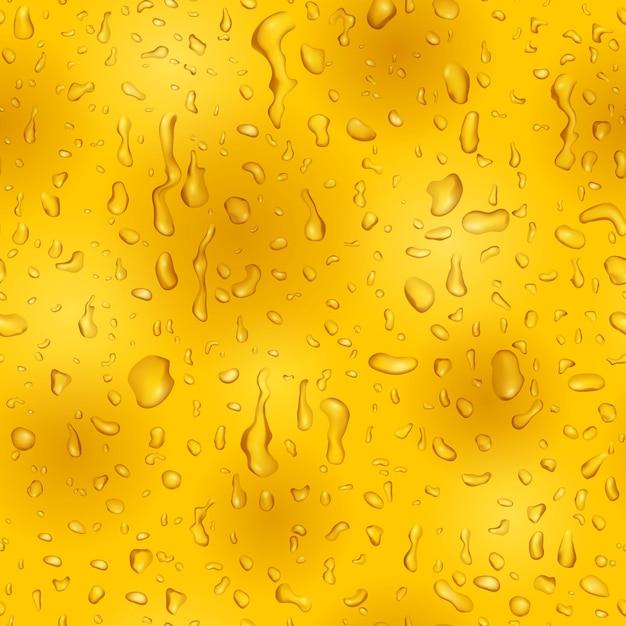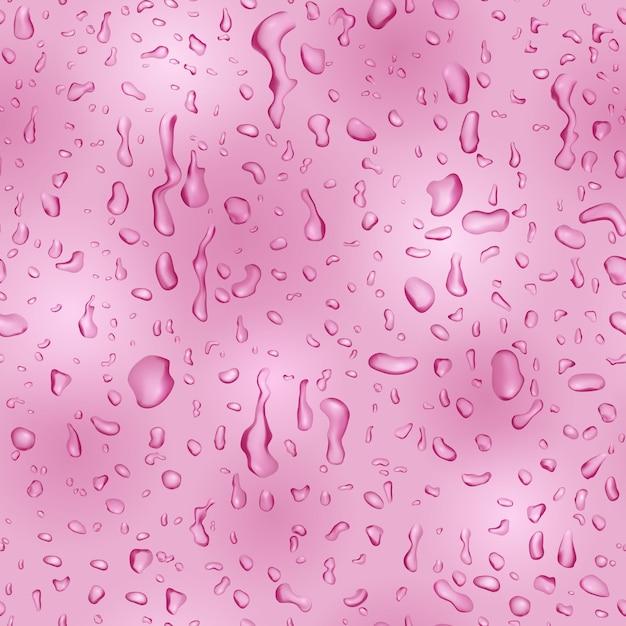Did you know that food coloring can add a vibrant touch to your culinary creations? From colorful icing on cakes to whimsical drinks, food coloring has become a staple ingredient in many kitchens. But have you ever wondered what would happen if you water down food coloring? Would it lose its color intensity or dissolve entirely?
In this blog post, we will explore the fascinating world of food coloring and its interaction with water. We will answer questions like whether food coloring dissolves in water, how to get rid of food coloring stains, and the difference between liquid and gel food coloring. So, grab your beakers and let’s dive into the colorful journey of food coloring in water!
Can You Dilute Food Coloring
Have you ever found yourself in a situation where you wanted a more subtle hue for your culinary masterpiece? Maybe you went a little overboard with the food coloring, turning your dish into a psychedelic rainbow explosion. Fear not, my friend! I’m here to answer the age-old question: can you dilute food coloring?
Water, Water Everywhere!
The good news is that you don’t need a fancy chemistry set or a wizard’s cauldron to achieve the desired color. All you really need is a trusty companion – water! Yes, that’s right – the same substance that keeps you hydrated can come to your rescue in the kitchen as well.
How to Tame the Color Beast
To dilute food coloring, simply mix it with water in a separate container. Start with a small amount of food coloring and gradually add water until you reach the desired shade. Remember, it’s always easier to add more color than to take it away, so start with caution.
The Magic of Ratios
To make life even easier, you can follow a simple ratio guideline. For a softer color, try mixing one part food coloring with three parts water. If you want a more gentle hue, go for a one-to-four ratio. Of course, these are just suggestions, and you can tailor the ratios to suit your artistic vision.
Go with the Flow
Now that you know the secret formula, it’s time to put it into practice. Whether you’re dyeing Easter eggs, frosting a cake, or creating a vibrant drink, don’t be afraid to experiment. Let your inner artist run wild, and who knows? You might just stumble upon the perfect shade that will have everyone oohing and aahing at your culinary prowess.
Bonus Tip: Choose Wisely
While water is a real color tamer, keep in mind that not all food coloring is created equal. Some brands are more concentrated than others, so you may need to adjust your dilution efforts accordingly. Remember, trial and error is all part of the creative process!
The Final Verdict
So, can you water down food coloring? Absolutely! Just grab a splash of water, mix it with your chosen color, and let the magic happen. You now have the power to transform your dishes into a visually stunning feast that will leave your guests in awe. Happy coloring, my fellow gastronomic daredevils!
Can You Water Down Food Coloring? Your FAQs Answered!
Food coloring brings life to our culinary creations, allowing us to add vibrant hues to cakes, cookies, and other treats. But what happens when you need to dilute the intensity of a food coloring? Can you water it down to achieve the desired color? In this FAQ-style guide, we’ll dive into the world of food coloring and provide you with all the answers you need. So, let’s get started!
Is Food Coloring Dissolving in Water a Chemical Change
When you mix food coloring with water, it doesn’t cause a chemical change. Food coloring is made up of water-soluble dyes, which means they dissolve in water without altering their chemical composition. So, feel free to mix away without any chemical shenanigans!
Can You Mix Gel Food Coloring in Water
Gel food coloring is typically thicker and more concentrated than liquid food coloring. While it’s not advised to mix gel food coloring directly into water, you can dilute it with a bit of water or another liquid before adding it to your recipe. This will help you achieve a more uniform and evenly distributed color throughout your creation.
How Do You Get Food Coloring Out of Water
Oops! Did a few drops of food coloring end up in your pristine glass of water? Don’t worry; there’s a simple solution. Add a sprinkle of salt or a splash of vinegar to the colored water and give it a good stir. The salt or vinegar will help break down the food coloring molecules, allowing them to disperse more evenly. Alternatively, you can simply wait and let time do its magic as the food coloring eventually dissipates.
Is Liquid or Gel Food Coloring Better
Liquid and gel food coloring both have their merits. Liquid food coloring is more readily available, easily mixable, and great for adding subtle hues. On the other hand, gel food coloring is highly concentrated, providing vibrant and intense colors, making it ideal for achieving bold and striking creations. Choose the type that best suits your needs and let your culinary prowess shine!
What Happens to a Drop of Food Coloring Put Into a Beaker of Water
Watch in awe as a single drop of food coloring gracefully dances in a beaker of water. Through the mesmerizing process of diffusion, the food coloring swiftly disperses, blending with the water molecules. This beautiful intermingling of color and liquid creates a visually enchanting experience that showcases the wonders of science.
What Happens to the Hot Water and a Drop of Food Coloring After 5 Minutes
Imagine a warm cup of water transforming into a colorful visual spectacle! When you drop food coloring into hot water, the increased temperature accelerates the diffusion process. In just five minutes, you’ll witness the food coloring dispersing even faster. So grab some popcorn, sit back, and enjoy the captivating show!
Does Food Coloring Dissolve in Oil
Unfortunately, food coloring and oil don’t mix as effortlessly as salt and pepper. Food coloring is water-soluble, meaning it dissolves in water but not in oil. Mixing food coloring into oil will result in the colors clumping together rather than dispersing. So, stick to using food coloring in water-based recipes for the best results.
How Do You Make Chocolate with Food Coloring
Are you feeling adventurous and want to add some pizzazz to your homemade chocolates? The secret lies in the ratio of color to chocolate. Begin by heating dark or white chocolate until melted and smooth. Then, add small drops of food coloring gradually while stirring continuously until the desired color is achieved. Get creative and let your imagination run wild with chocolatey masterpieces!
Can You Use Food Coloring to Paint Icing
Absolutely! Food coloring can be your artistic ally when it comes to painting intricate designs on icing. Start by mixing a small amount of gel food coloring with clear vanilla extract or vodka to create a paint-like consistency. Then, using a fine brush or a toothpick, let your inner Picasso shine and adorn your icing with edible works of art!
Why Does the Food Coloring Distribute Evenly Even Though No One Stirs It
Ah, the fascinating power of diffusion! Even without stirring, the molecules of food coloring are in constant motion. Through diffusion, they spread out from areas of high concentration to areas of low concentration. This natural phenomenon ensures that the food coloring distributes evenly, sprinkling your creations with a beautiful palette of colors, even without any stirring intervention.
How Do You Make Gel with Food Coloring
Creating your own gel-like consistency with food coloring is as easy as pie! Start by mixing one teaspoon of cornstarch with one teaspoon of water until smooth. Add a few drops of liquid food coloring to the cornstarch mixture and stir until well combined. Voila! You now have your homemade gel food coloring at the ready to add that extra oomph to your culinary creations.
How Long Does It Take Food Coloring to Dissolve in Water
Patience is key when it comes to the dissolution of food coloring in water. On average, it takes a few minutes for food coloring to dissolve completely. However, this can vary depending on the temperature of the water, the type of food coloring used, and the amount added. So, sit tight and watch the magic unfold as the colors dance and blend in your glass of water.
What Is the Best Food Coloring for Chocolate
When it comes to coloring chocolate, oil-based food coloring is your best bet. Unlike water-based food coloring, oil-based ones won’t cause the chocolate to seize, ensuring a smooth and luscious texture. So, if you’re looking to create chocolatey masterpieces, remember to reach for oil-based food coloring and let your creativity flow!
Can Food Coloring Be Dissolved
Indeed! Food coloring is designed to dissolve and blend seamlessly with other liquids, such as water, milk, or alcohol. Its ability to dissolve is what allows us to create the delightful array of colors that grace our culinary creations. So, fear not, for food coloring is more than willing to play nicely and dissolve into a harmonious union of hues.
What Do You Observe After Adding the Food Coloring
Once you add food coloring to your culinary concoctions, prepare to be mesmerized. As the food coloring spreads and diffuses, it effortlessly transforms your creations from bland to visually captivating. Whether it’s a vibrant red velvet cake or a pastel-hued frosting, your eyes will feast on the magical marriage of color and food.
Can You Add Food Coloring to Drinks
Absolutely! Want to add a pop of color to your refreshing beverages? Food coloring can be your colorful ally. Whether it’s a blue lemonade, a green smoothie, or a rainbow-inspired mocktail, simply add a few drops of your desired food coloring and watch your drinks come to life with a vibrant splash of color. Drink up and enjoy the colorful journey!
What Will Happen If You Drop Food Coloring in Water
Prepare for a magnificent display of colors! As you drop food coloring into water, the dye molecules gracefully dance, mixing and intertwining with the water molecules. This dynamic interaction is a visual delight as it creates captivating swirls, twists, and currents, reminding us of the beauty found in even the simplest scientific phenomena.
What Is the Difference Between Food Coloring and Gel Food Coloring
The main difference lies in their concentration and consistency. Liquid food coloring is more diluted, making it easier to mix and control the intensity of the colors. On the other hand, gel food coloring is highly concentrated, providing a more vibrant and intense hue. Gel food coloring is also thicker, making it ideal for creating bold designs, while liquid food coloring is great for achieving softer shades. So, choose your coloring weapon wisely to create the culinary masterpiece you envision!
What Happens to Food Coloring in the Body
Once food coloring enters your body, it undergoes digestion and metabolism like any other food component. However, due to its synthetic nature, food coloring may not be fully metabolized and can pass through your body without being absorbed. Rest assured, though, the small amount typically used in culinary creations is considered safe for consumption. So, keep exploring the colorful world of food and let your taste buds and imagination run wild!
And there you have it, folks! Our comprehensive FAQ guide has covered all your burning questions about diluting food coloring. Now armed with this knowledge, go forth and create culinary masterpieces that are as visually stunning as they are delicious. Happy coloring!

